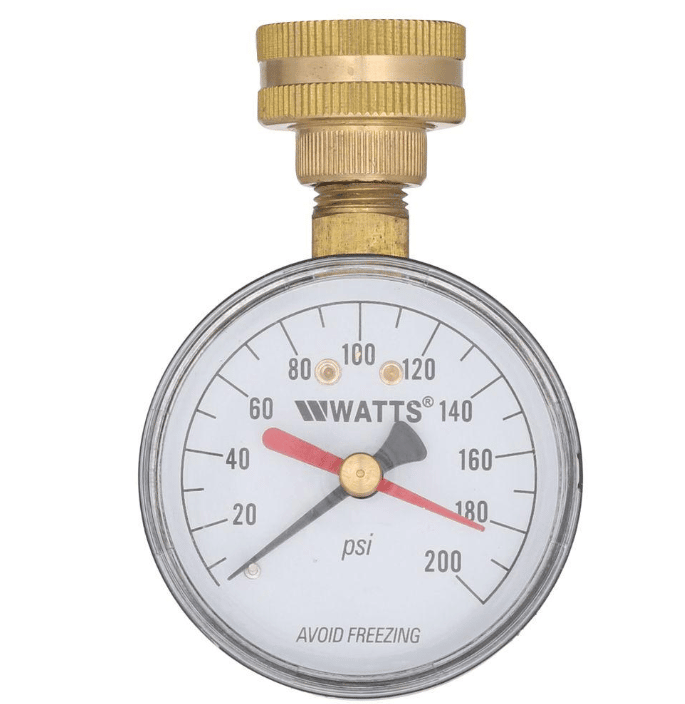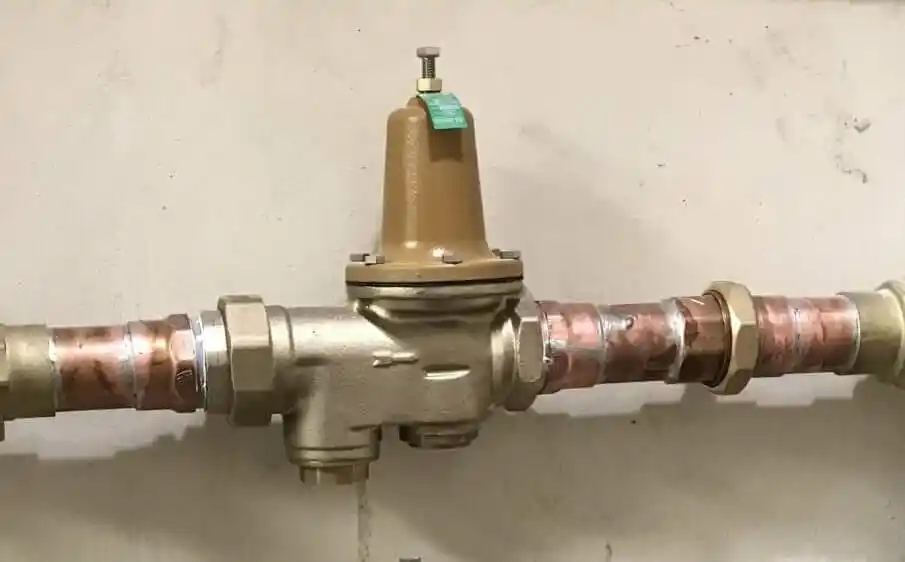
What to Do If You Have Water Pressure Issues
You can usually spot low water pressure, but you might not notice an increase in water pressure. And high water pressure can do some damage to your home.
If you want to confirm that you have a water pressure issue or know how to correct it, the information below will guide you through the process.
High water pressure warning signs
High water pressure can make your toilets run. If it’s a water pressure issue, the toilet will run continually.
If the toilet is running infrequently, it’s likely the flapper and is not related to high water pressure.
The relief valve on your water heater can also indicate high water pressure. The high pressure will cause the relief valve to run, usually to a line outside of your home. If this line is running, this could be another sign of high water pressure.
You can easily check your water pressure
If you want to keep an eye on your water pressure yourself, you can purchase a water pressure gauge. They are inexpensive and available at any home retail store.
They look like this:

Just connect the gauge to an outside hose spigot and turn on your water. The gauge will then display the PSI level of your water pressure.
The recommended PSI for your water pressure is between 50-60. Anything above 80 is against code for homes in our area.
If the gauge reads a high PSI when you turn on the water, you might want to test another hose spigot since some outdoor water lines are intended to be high pressure and might be a different level than the pressure in your home.
What this means for your home
Low water pressure does not usually pose any immediate risks to your home. You will just have reduced functionality for all your faucets and plumbing when you have low water pressure.
High water pressure, however, can produce some problems.
If your water pressure is too high, it can cause wear on your faucets and piping and eventually can cause supply lines to blow, which can quickly flood your home.
The pressure reducing valve
If your water pressure is above 80 PSI, you need to replace your pressure reducing valve.
You should have a PRV in your home near where the main water line enters your home. Depending on your type of house, this could be in several different locations.
Your main water line usually enters your house in your basement wall or basement ceiling. If you have a crawl space, it’s probably in there. If your house is on a slab, the main water line might be near your water heater. If you still have the inspection report from when you purchased your home, it will be listed on there.
Your PRV will look something like this:

pressure reducing valve
The PRV regulates water pressure on the main water line in your home. Usually, the water pressure from the county or city is higher than you want for your home, so the PRV reduces your water pressure to a safer level.
How to know if your PRV is the issue
PRVs can begin to fail at around 10 years, although some can last much longer. When the PRV fails, it can result in water pressure issues in your home.
If the PRV is not working correctly, your water pressure can increase. In addition, if the PRV fails, it can reduce the overall flow of water into your home, which is often perceived as a reduction in water pressure.
Even before you notice an increase or decrease in water pressure, you might hear a humming or whining noise. Although the noise originates from the PRV, you can often hear the noise from other places in your home as the sound is carried through the pipes.
Your next step
As a reminder, the recommended PSI for your water pressure is between 50-60. Anything above 80 is against code for homes in our area and could do some damage to your home.
If your water pressure is too low or above 80 PSI, you will need to replace your PRV.
If you have questions or need assistance, you can always reach us at 770.560.1792.




